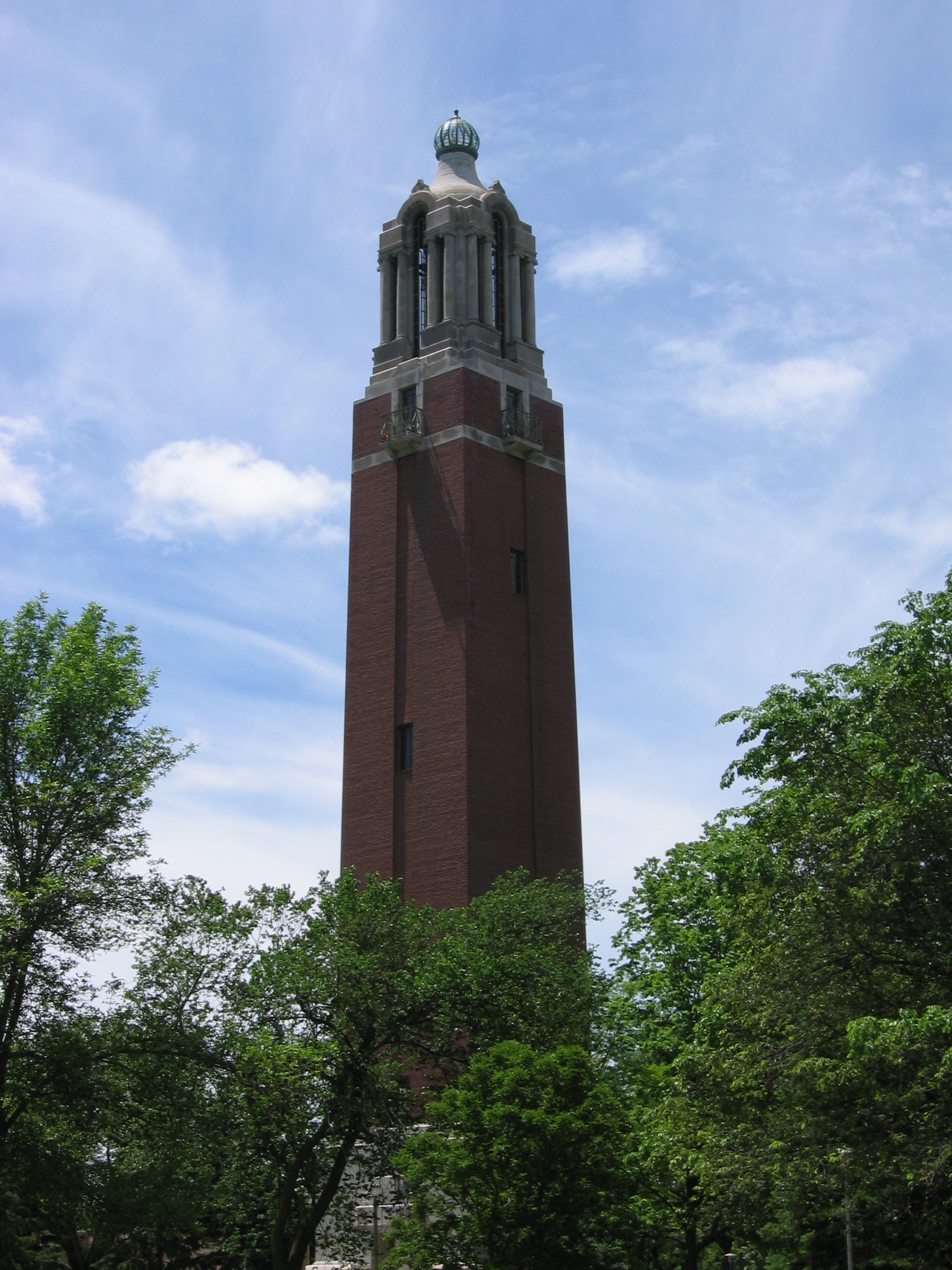|
Wanata
Wa-na-ta (Dakota: Wánataŋ which translates as ''One who charges'', or ''Charger'') or Waneta was a chief of the Yanktonai, a tribe of the Dakota. Chief Wa-na-ta, also known as Wanata and Wanataan I, was born around 1795. The Yanktonai were located near the St. Peter River, which is today known as the Minnesota River, in present day Minnesota. The Yanktonai were said to have a population between five and six thousand individuals with 1,300 warriors. Wanata was a very influential chief, as evidenced by his ability to lead his tribes' 1,300 warriors into battle. Waneta was born about 1795 in what is now Brown County, South Dakota. At age 18, Wanata was accustomed to the ways of war and fought under his father Wakinyanduta (''Red Thunder'') (Sisseton leader who eventually split off from that band to form the Cuthead band of the Yanktonai) siding with the British against the Americans in the War of 1812. He fought at the siege of Fort Meigs in 1813. Wanata was recruited by Brit ... [...More Info...] [...Related Items...] OR: [Wikipedia] [Google] [Baidu] |
Yanktonai
The Dakota (pronounced , Dakota language: ''Dakȟóta/Dakhóta'') are a Native American tribe and First Nations band government in North America. They compose two of the three main subcultures of the Sioux people, and are typically divided into the Eastern Dakota and the Western Dakota. The four bands of Eastern Dakota are the Bdewákaŋthuŋwaŋ, Waȟpéthuŋwaŋ, Waȟpékhute, and Sisíthuŋwaŋ and are sometimes referred to as the Santee (''Isáŋyathi'' or ''Isáŋ-athi''; "knife" + "encampment", "dwells at the place of knife flint"), who reside in the eastern Dakotas, central Minnesota and northern Iowa. They have federally recognized tribes established in several places. The Western Dakota are the Yankton, and the Yanktonai (''Iháŋktȟuŋwaŋ'' and ''Iháŋktȟuŋwaŋna''; "Village-at-the-end" and "Little village-at-the-end"), who reside in the Upper Missouri River area. The Yankton-Yanktonai are collectively also referred to by the endonym ''Wičhíyena'' ("Those Who ... [...More Info...] [...Related Items...] OR: [Wikipedia] [Google] [Baidu] |
Dakota People
The Dakota (pronounced , Dakota language: ''Dakȟóta/Dakhóta'') are a Native American tribe and First Nations band government in North America. They compose two of the three main subcultures of the Sioux people, and are typically divided into the Eastern Dakota and the Western Dakota. The four bands of Eastern Dakota are the Bdewákaŋthuŋwaŋ, Waȟpéthuŋwaŋ, Waȟpékhute, and Sisíthuŋwaŋ and are sometimes referred to as the Santee (''Isáŋyathi'' or ''Isáŋ-athi''; "knife" + "encampment", "dwells at the place of knife flint"), who reside in the eastern Dakotas, central Minnesota and northern Iowa. They have federally recognized tribes established in several places. The Western Dakota are the Yankton, and the Yanktonai (''Iháŋktȟuŋwaŋ'' and ''Iháŋktȟuŋwaŋna''; "Village-at-the-end" and "Little village-at-the-end"), who reside in the Upper Missouri River area. The Yankton-Yanktonai are collectively also referred to by the endonym ''Wičhíyena'' ("Those ... [...More Info...] [...Related Items...] OR: [Wikipedia] [Google] [Baidu] |
First Treaty Of Prairie Du Chien
The Treaty of Prairie du Chien may refer to any of several treaties made and signed in Prairie du Chien, Wisconsin between the United States, representatives from the Sioux, Sac and Fox, Menominee, Ioway, Winnebago and the Anishinaabeg ( Chippewa, Ottawa and Potawatomi) Native American peoples. Description The First Treaty of Prairie du Chien was signed by William Clark and Lewis Cass for the United States and representatives of the Sioux, Sac and Fox, Menominee, Ioway, Winnebago, and Anishinaabeg ( Chippewa and the Council of Three Fires of Chippewa, Ottawa and Potawatomi) on August 19, 1825, proclaimed on February 6, 1826, and codified as . Due to the overall tribal movements toward the western direction under pressure of encroaching settlers, the Sioux Nation resisted and came into conflict with other tribes moving west into their traditional territory. The United States negotiated the treaty to try to reduce inter-tribal warfare. The treaty begins by establishi ... [...More Info...] [...Related Items...] OR: [Wikipedia] [Google] [Baidu] |
Chief Waanatan II
Chief may refer to: Title or rank Military and law enforcement * Chief master sergeant, the ninth, and highest, enlisted rank in the U.S. Air Force and U.S. Space Force * Chief of police, the head of a police department * Chief of the boat, the senior enlisted sailor on a U.S. Navy submarine * Chief petty officer, a non-commissioned officer or equivalent in many navies * Chief warrant officer, a military rank Other titles * Chief of the Name, head of a family or clan * Chief mate, or Chief officer, the highest senior officer in the deck department on a merchant vessel * Chief of staff, the leader of a complex organization * Fire chief, top rank in a fire department * Scottish clan chief, the head of a Scottish clan * Tribal chief, a leader of a tribal form of government * Chief, IRS-CI, the head and chief executive of U.S. Internal Revenue Service, Criminal Investigation Places * Chief Mountain, Montana, United States * Stawamus Chief or the Chief, a granite dome i ... [...More Info...] [...Related Items...] OR: [Wikipedia] [Google] [Baidu] |
National Register Of Historic Places Listings In Brookings County, South Dakota
__NOTOC__ This is a list of the National Register of Historic Places listings in Brookings County, South Dakota. This is intended to be a complete list of the properties and districts on the National Register of Historic Places in Brookings County, South Dakota, United States. The locations of National Register properties and districts for which the latitude and longitude coordinates are included below, may be seen in a map. There are 40 properties and districts listed on the National Register in the county. Another property was once listed but has since been removed. Current listings Former listing See also * List of National Historic Landmarks in South Dakota * National Register of Historic Places listings in South Dakota References {{Brookings County, South Dakota Brookings County Brookings County is a county in the U.S. state of South Dakota. As of the 2020 United States Census, the population was 34,375, mak ... [...More Info...] [...Related Items...] OR: [Wikipedia] [Google] [Baidu] |
Lakota Language
Lakota ( ), also referred to as Lakhota, Teton or Teton Sioux, is a Siouan language spoken by the Lakota people of the Sioux tribes. Lakota is mutually intelligible with the two dialects of the Dakota language, especially Western Dakota, and is one of the three major varieties of the Sioux language. Speakers of the Lakota language make up one of the largest Native American language speech communities in the United States, with approximately 2,000 speakers, who live mostly in the northern plains states of North Dakota and South Dakota. Many communities have immersion programs for both children and adults. The language was first put into written form by European-American missionaries around 1840. The orthography has since evolved to reflect contemporary needs and usage. History and origin The Lakota people's creation stories say that language originated from the creation of the tribe. Other creation stories say language was invented by Iktomi. Phonology Vowels Lakota h ... [...More Info...] [...Related Items...] OR: [Wikipedia] [Google] [Baidu] |
Alliteration
Alliteration is the conspicuous repetition of initial consonant sounds of nearby words in a phrase, often used as a literary device. A familiar example is "Peter Piper picked a peck of pickled peppers". Alliteration is used poetically in various languages around the world, including Arabic, Irish, German, Mongolian, Hungarian, American Sign Language, Somali, Finnish, Icelandic. Historical use The word ''alliteration'' comes from the Latin word ''littera'', meaning "letter of the alphabet". It was first coined in a Latin dialogue by the Italian humanist Giovanni Pontano in the 15th century. Alliteration is used in the alliterative verse of Old English, Old Norse, Old High German, Old Saxon, and Old Irish. It was an important ingredient of the Sanskrit shlokas. Alliteration was used in Old English given names. This is evidenced by the unbroken series of 9th century kings of Wessex named Æthelwulf, Æthelbald, Æthelberht, and Æthelred. These were followed in th ... [...More Info...] [...Related Items...] OR: [Wikipedia] [Google] [Baidu] |
South Dakota State University
South Dakota State University is a public land-grant research university in Brookings, South Dakota. Founded in 1881, it is the state's largest and most comprehensive university and the oldest continually-operating university in South Dakota. The university is governed by the South Dakota Board of Regents, which governs the state's six public universities and two special schools. South Dakota State University is a land-grant university founded under the provisions of the 1862 Morrill Act. This land-grant heritage and mission has led the university to place a special focus on academic programs in agriculture, engineering, nursing, and pharmacy, as well as liberal arts. It is classified among "R2: Doctoral Universities – High research activity". The graduate program is classified as Doctoral, Science, Technology, Engineering, Math dominant. History The university was founded in the Dakota Territory on February 21, 1881, as Dakota Agriculture College. The first building, wit ... [...More Info...] [...Related Items...] OR: [Wikipedia] [Google] [Baidu] |
USS Waneta
USS ''Waneta'' (YT-384), later YTB-384, later YTM-384, was a United States Navy harbor tug in commission from 1944 to 1946 and from 1953 to 1974. ''Waneta'' was laid down on 8 September 1943 at Brooklyn, New York, by Ira S. Bushey and Sons. She was launched on 24 December 1943, and completed and delivered to the Navy on 25 April 1944. Reclassified a large harbor tug and redesignated YTB-384 on 15 May 1944, ''Waneta'' initially was allocated to the United States Pacific Fleet's service force and operated actively in her designed role until placed out of service, in reserve, in March 1946, berthed at San Diego, California. ''Waneta'' remained inactive until placed in service once again in October 1953 for duty in the 6th Naval District at Charleston, South Carolina. She performed tug and tow services, waterfront fire protection, and pilotage at Charleston—being reclassified a medium harbor tug and redesignated YTM-384 in February 1962—until inactivated and placed out of se ... [...More Info...] [...Related Items...] OR: [Wikipedia] [Google] [Baidu] |
USS Wahneta
USS ''Wahneta'' has been the name of more than United States Navy The United States Navy (USN) is the maritime service branch of the United States Armed Forces and one of the eight uniformed services of the United States. It is the largest and most powerful navy in the world, with the estimated tonnage ... ship, and may refer to: * , a yard tug in commission from 1893 to 1920 * , later YTM-134, a yard tug in commission from 1939 to 1946 See also * {{DEFAULTSORT:Wahneta United States Navy ship names ... [...More Info...] [...Related Items...] OR: [Wikipedia] [Google] [Baidu] |
United States Navy
The United States Navy (USN) is the maritime service branch of the United States Armed Forces and one of the eight uniformed services of the United States. It is the largest and most powerful navy in the world, with the estimated tonnage of its active battle fleet alone exceeding the next 13 navies combined, including 11 allies or partner nations of the United States as of 2015. It has the highest combined battle fleet tonnage (4,635,628 tonnes as of 2019) and the world's largest aircraft carrier fleet, with eleven in service, two new carriers under construction, and five other carriers planned. With 336,978 personnel on active duty and 101,583 in the Ready Reserve, the United States Navy is the third largest of the United States military service branches in terms of personnel. It has 290 deployable combat vessels and more than 2,623 operational aircraft . The United States Navy traces its origins to the Continental Navy, which was established during the American Re ... [...More Info...] [...Related Items...] OR: [Wikipedia] [Google] [Baidu] |





